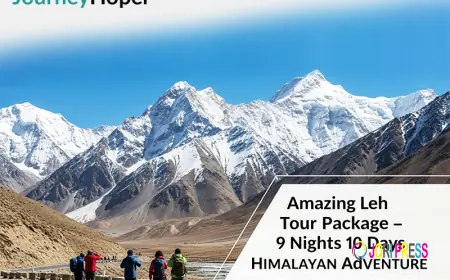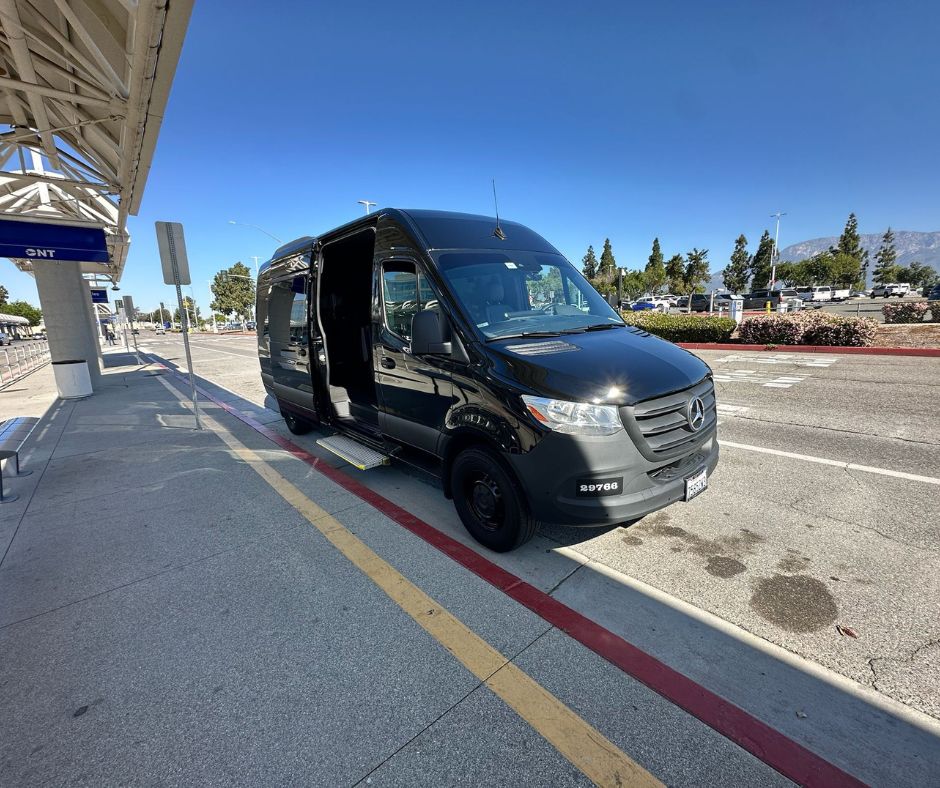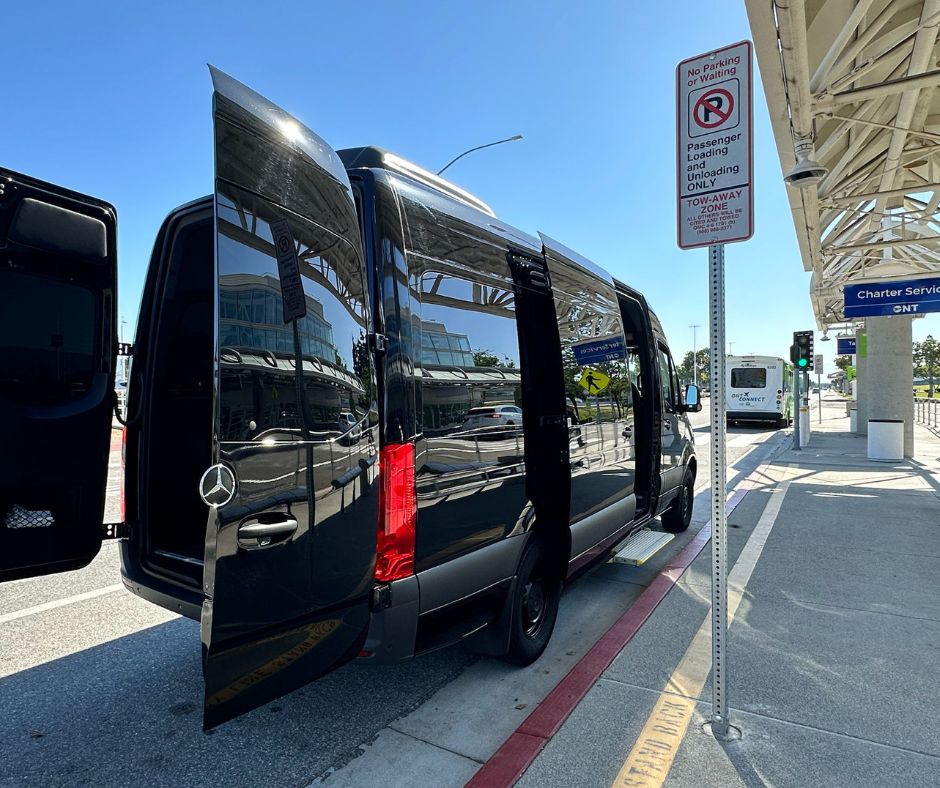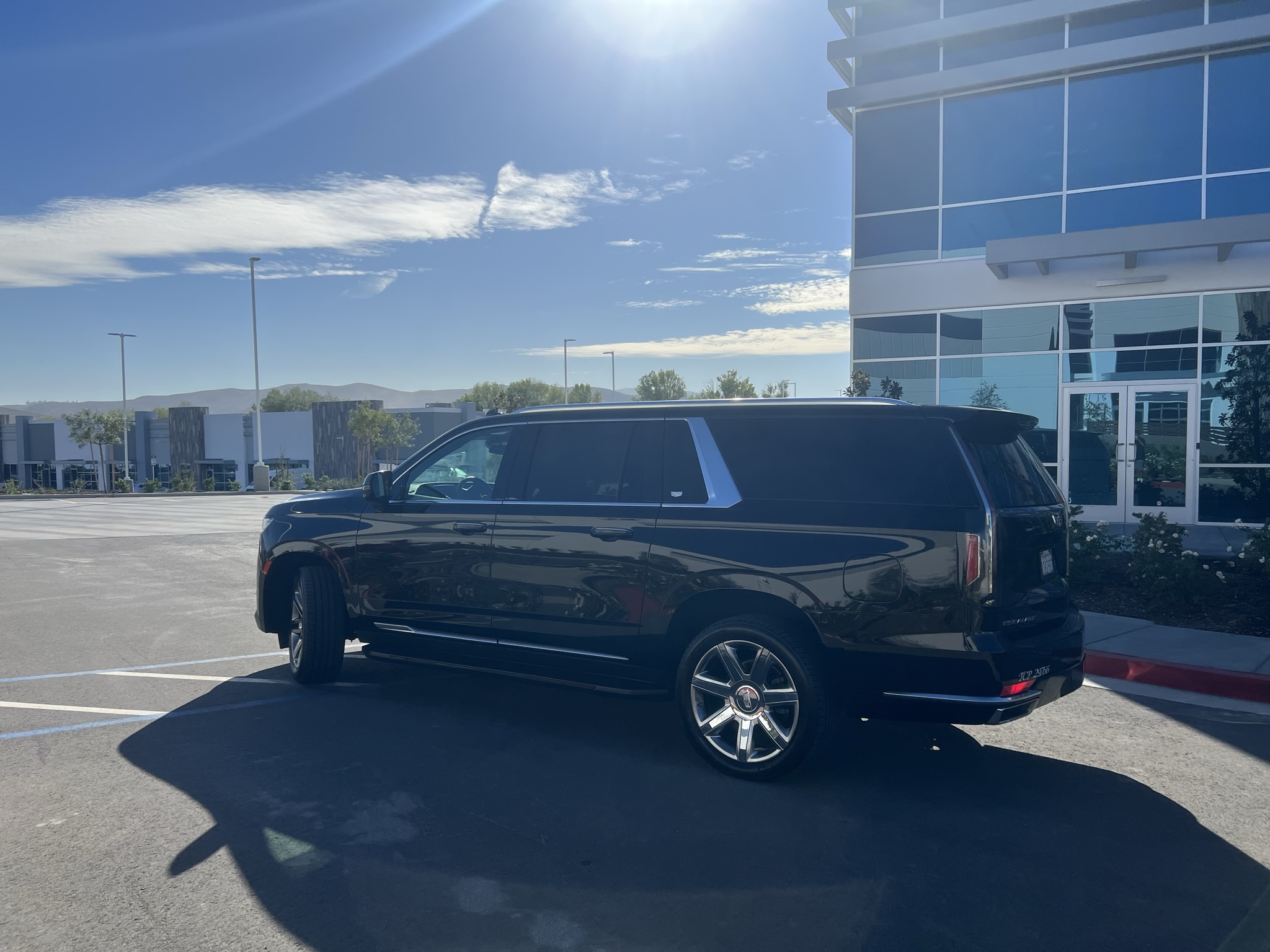Spiti vs Ladakh Road Trip & Samstanling Monastery in Ladakh: The Ultimate 2025 Adventure Guide
This engaging 2025 travel guide juxtaposes the epic Spiti vs Ladakh road trip to help you choose the best Himalayan adventure based on terrain, attractions, and ease of access. It also dives into Samstanling Monastery in Ladakh, one of the hidden spiritual gems in Nubra Valley—covering its history, festivals, access tips, and nearby activities. Ideal for those planning a transformative trip to Ladakh full of Himalayan thrills and soulful experiences.
Introduction: Two Epic Routes, One Unforgettable Journey

If you’re deciding between the surreal deserts of Spiti vs Ladakh road trip, you’re not alone. Both journeys promise staggering mountain passes, remote villages, and unmatched scenic drama. On one hand, Spiti offers rugged landscapes and quiet monastic beauty. On the other, Ladakh brings dramatic high-altitude roads, turquoise lakes, and spiritual depth.
Whether you choose Spiti or Ladakh, this guide helps you make an informed decision for your trip to Ladakh, ensuring your experience is safe, inspired, and unforgettable.
Part One: Comparing Spiti vs Ladakh Road Trip
Ease of Access & Road Conditions
- Spiti Valley:
Accessible via Shimla or Manali, the route climbs over Rohtang and Kunzum Pass (around 4,600 m). Roads here are narrow, dusty, and less developed—best for travelers seeking raw off-road adventure. - Ladakh:
Two main routes—Manali–Leh or Srinagar–Leh. Both roads are better maintained, with a few high passes like Rohtang, Baralacha La, and Tanglang La. Ideal for first-timers and those looking for comfort with scenery.
Scenery & Major Attractions
- Spiti Highlights:
Key Monastery perched on steep cliffs, Chandratal Lake’s moonlit reflection, villages like Kaza and Tabo with ancient murals. - Ladakh Highlights:
Pangong Tso’s shifting blues, Nubra Valley sand dunes, magnetic hill, Hemis and Diskit monasteries—plus Buddhist festivals and wildlife in Hunder.
Accommodation & Facilities
- Spiti:
Basic homestays, few mid-range hotels, electricity and water can be inconsistent. - Ladakh:
Wide range—from tents to heritage hotels (like The Grand Dragon Ladakh). More cafes, tourist services, medical facilities, and mobile support.
Best Time to Visit
- Spiti: June to mid‑September. The valley remains snowbound the rest of the year.
- Ladakh: May to mid‑September for entire route access. Early autumn (late September) avoids crowd and retains clear weather.
Who Is It For?
- Spiti Road Trip: For offbeat seekers who prefer less-touristy, rustic, monastic tranquility, and willing to endure simpler comforts.
- Ladakh Road Trip: For first-timers, families, photographers, and travelers seeking a balanced mix of nature, culture, and infrastructure.
Part Two: Discovering Samstanling Monastery in Ladakh

Introduction to the Monastery
Tucked in the dramatic terrain of Nubra Valley, Samstanling Monastery in Ladakh is a serene gompa founded in the early 20th century. Located near the village of Samstanling, the monastery is part of the Drukpa order and stands out for its peaceful setting and vibrant festivals.
History & Spiritual Significance
Built by local lama and royal patronage, the monastery serves as a spiritual center for nearby villages. It plays a crucial role during the annual religious festival and acts as a guardian of Tibetan-Buddhist traditions in Nubra.
Festivals & Cultural Highlights
The Samstanling festival (celebrated in late summer) features masked dance performances, traditional songs, and community feasts. Visitors gain insight into local rituals, lama chants, and Ladakhi public celebrations.
How to Reach & What to Do Nearby
- Access: Reachable by road from Diskit; rent a bike or hire a taxi. Roads are scenic but sometimes rocky—ride carefully.
- Nearby Attractions: Visit Diskit Monastery atop a hill, ride a double‑humped camel in Hunder sand dunes, and enjoy river views at Panamik hot springs.
- Activities: Interact with monks, spin prayer wheels, photograph murals, and stroll the monastery’s elevated courtyard for views of the valley and Indus.
Why It Deserves a Spot on Your Itinerary
This place is quiet, seldom crowded, and dripping with spiritual stillness—a perfect offbeat companion to your road trip. It helps round off the vibrant landscapes of Ladakh with introspective calm and authentic local warmth.
Putting It All Together
Sample Combined Itinerary for Spiti + Ladakh Trip (10–12 Days)
- Arrival in Manali/Shimla – acclimatize
- Drive to Spiti: Visit Key Monastery, experience Kaza village, and Chandratal
- Return to Manali, head to Leh via Rohtang/Baralacha (acclimatize for 1–2 days)
- Explore Leh, local markets, Hemis Gompa
- Journey to Nubra Valley, visit Diskit & camel dunes
- Visit Samstanling Monastery in Ladakh, participate in local rituals
- Final leg to Pangong Tso or return via magnetic hill + back to Leh
Why This Dual Approach Works
- A mix of raw and refined landscapes—Spiti’s wilderness, Ladakh’s grandeur
- Spiritual richness—from spartan monasteries in Spiti to cultural depth in Nubra
- Varied experiences—offbeat trekking, desert vibes, lakeside tranquility, religious serenity
Traveler Tips for 2025
- Always acclimatize—altitude sickness can dampen Everest-level enthusiasm.
- Pack for multiple climates—spiny desert heat, chilling night, and glacial winds.
- Pre-book stays in Leh and Diskit; offbeat homestays in Spiti tend to fill quickly.
- Carry cash—remote areas may not accept digital payments.
- Respect local customs—remove shoes before entering gompas, dress modestly, and ask permission before photographing locals.
Final Thoughts

Whether you’re steering through the remote reaches of Spiti or navigating the legendary roads of Ladakh, both paths offer unforgettable landscapes and soul-stirring moments. And tucked away in the heart of Nubra Valley, Samstanling Monastery in Ladakh provides a moment of spiritual clarity in the midst of high-altitude grandeur.
Your trip to Ladakh deserves both theatre and stillness—mountain passes and monastery courtyards, dusty villages and shimmering lakes. This guide aims to give you the tools to craft a journey that’s both epic and introspective.
What's Your Reaction?
 Like
0
Like
0
 Dislike
0
Dislike
0
 Love
0
Love
0
 Funny
0
Funny
0
 Angry
0
Angry
0
 Sad
0
Sad
0
 Wow
0
Wow
0



















































